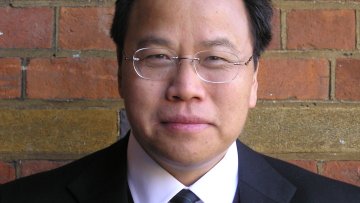14:30
Random plane waves and other classes of random functions
Abstract
There are several classes of random function that appear naturally in mathematical physics, probability, number theory, and other areas of mathematics. I will give a brief overview of some of these random functions and explain what they are and why they are important. Finally, I will explain how I use chebfun to study these functions.


